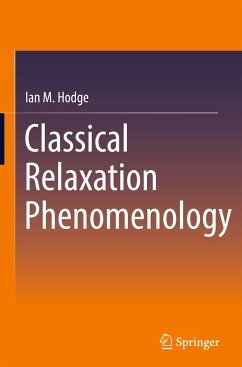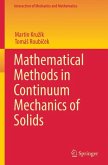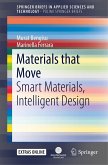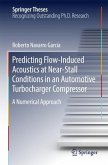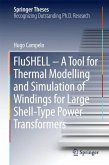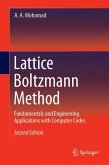This book serves as a self-contained reference source for engineers, materials scientists, and physicists with an interest in relaxation phenomena. It is made accessible to students and those new to the field by the inclusion of both elementary and advanced math techniques, as well as chapter opening summaries that cover relevant background information and enhance the book's pedagogical value. These summaries cover a wide gamut from elementary to advanced topics.
The book is divided into three parts. The opening part, on mathematics, presents the core techniques and approaches. Parts II and III then apply the mathematics to electrical relaxation and structural relaxation, respectively. Part II discusses relaxation of polarization at both constant electric field (dielectric relaxation) and constant displacement (conductivity relaxation), topics that are not often discussed together. Part III primarily discusses enthalpy relaxation of amorphous materials within and below the glass transition temperature range. It takes a practical approach inspired by applied mathematics in which detailed rigorous proofs are eschewed in favor of describing practical tools that are useful to scientists and engineers. Derivations are however given when these provide physical insight and/or connections to other material.
The book is divided into three parts. The opening part, on mathematics, presents the core techniques and approaches. Parts II and III then apply the mathematics to electrical relaxation and structural relaxation, respectively. Part II discusses relaxation of polarization at both constant electric field (dielectric relaxation) and constant displacement (conductivity relaxation), topics that are not often discussed together. Part III primarily discusses enthalpy relaxation of amorphous materials within and below the glass transition temperature range. It takes a practical approach inspired by applied mathematics in which detailed rigorous proofs are eschewed in favor of describing practical tools that are useful to scientists and engineers. Derivations are however given when these provide physical insight and/or connections to other material.
- A self-contained reference on relaxation phenomena
- Details both the mathematical basis and applications
- For engineers, materials scientists, and physicists

